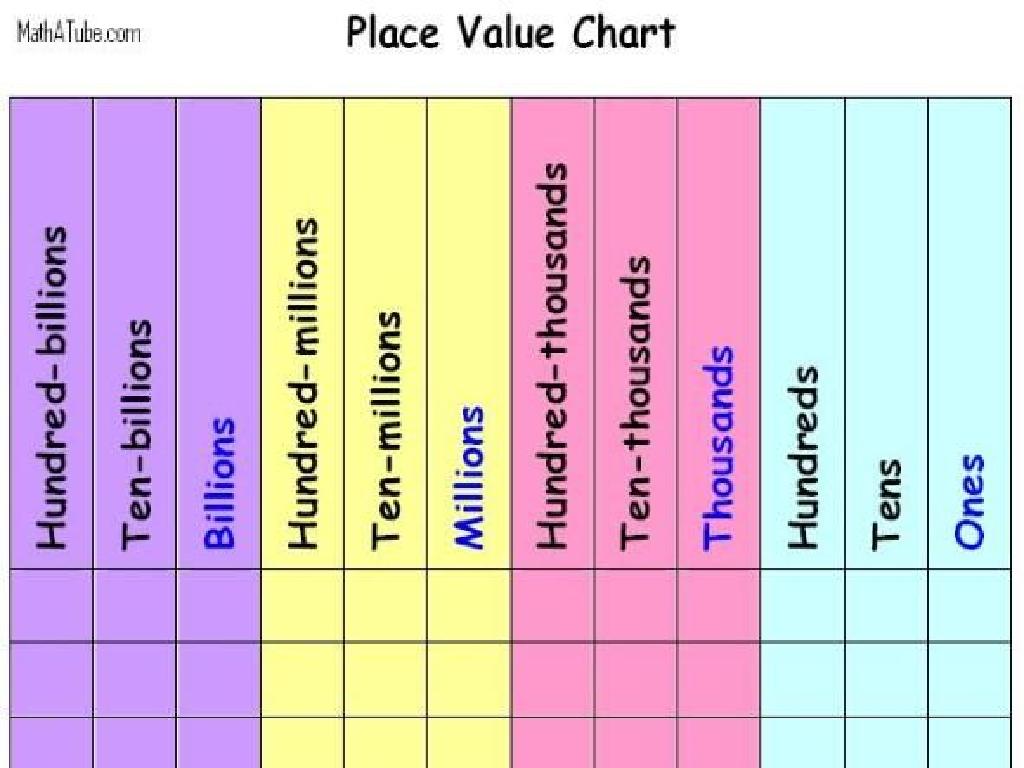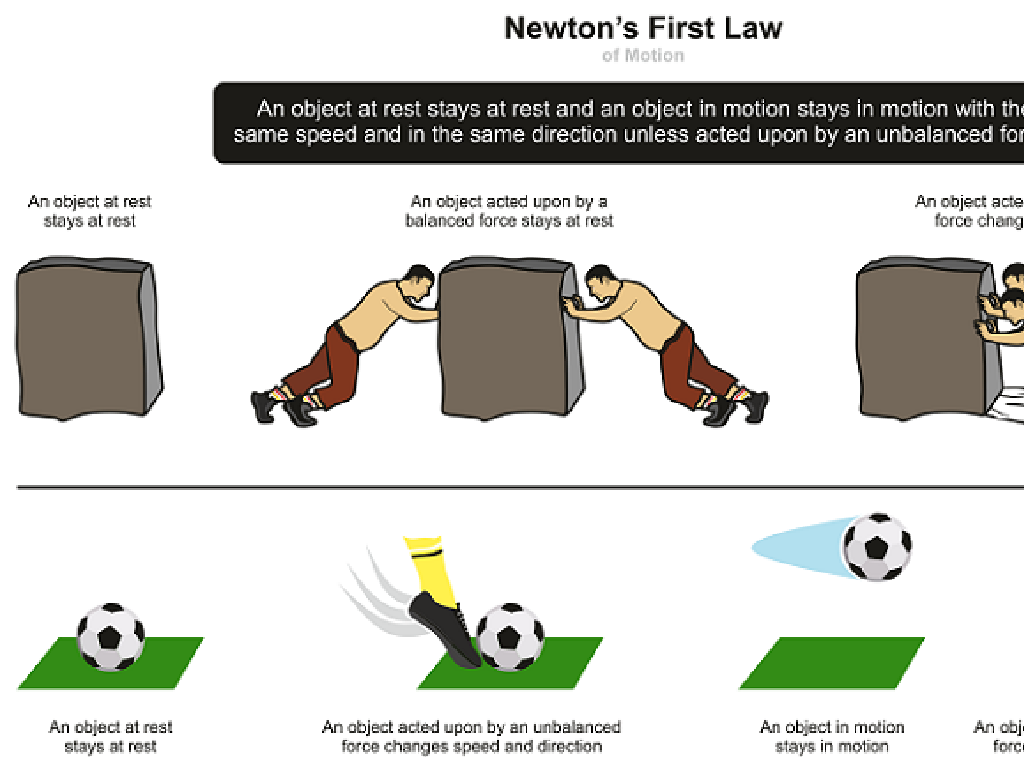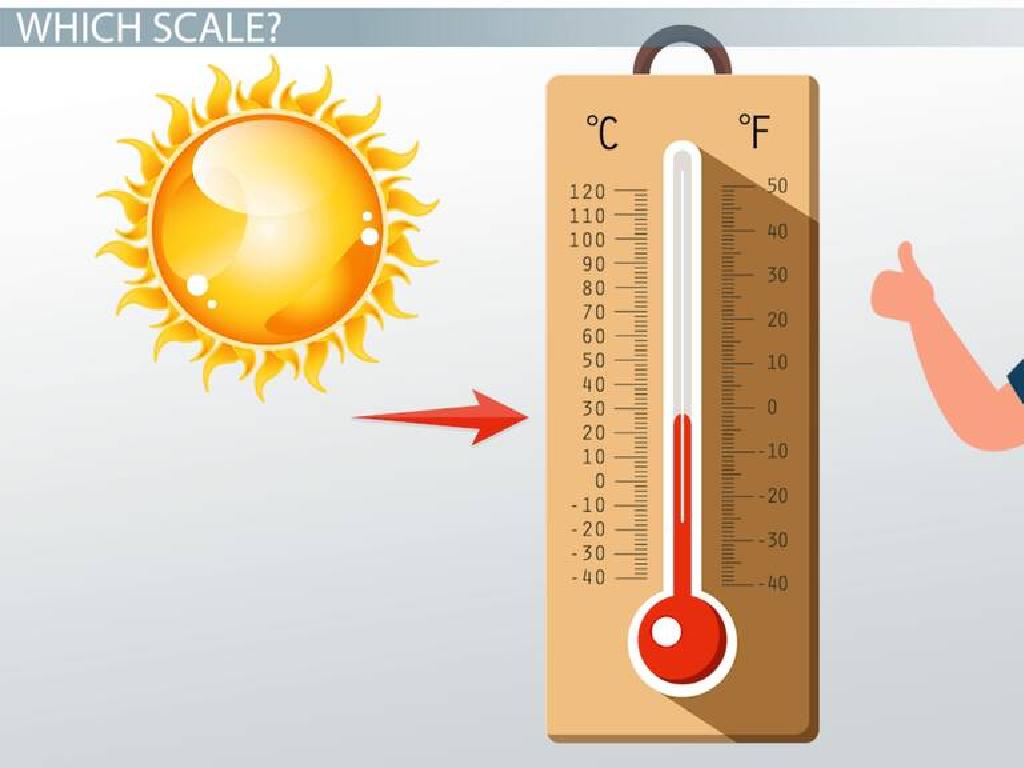Form And Use The Irregular Past Tense: Set 3
Subject: Language arts
Grade: Fourth grade
Topic: Identify The Irregular Past Tense
Please LOG IN to download the presentation. Access is available to registered users only.
View More Content
Irregular Past Tense Verbs: Set 3
– Recap: What is past tense?
– Past tense verbs tell about actions that have already happened.
– Regular vs. Irregular verbs
– Regular verbs end in ‘ed’, irregular verbs don’t follow this rule.
– Exploring Set 3 Irregular Verbs
– Set 3 includes verbs like ‘go’ which becomes ‘went’.
– Practice with examples
– We’ll use sentences to learn how ‘set 3’ verbs change.
|
Begin with a brief review of the past tense, ensuring students recall that it’s used to describe actions completed in the past. Contrast regular verbs, which typically end in ‘ed’, with irregular verbs that do not follow this pattern. Introduce Set 3 irregular verbs, providing examples and emphasizing the unique changes these verbs undergo in the past tense. Engage students with practice sentences, encouraging them to convert present tense verbs from Set 3 into their irregular past tense forms. This will help solidify their understanding of irregular verbs and prepare them for more advanced usage.
Irregular Verbs in Past Tense
– What are irregular verbs?
– Verbs that don’t follow regular rules
– Irregular verbs don’t add ‘-ed’
– They change in their own way
– Examples: ‘go’ became ‘went’
– ‘Fly’ changes to ‘flew’, not ‘flyed’
– ‘buy’ turned into ‘bought’
– ‘Think’ changes to ‘thought’, not ‘thinked’
|
This slide introduces the concept of irregular verbs to fourth graders, explaining that these verbs do not follow the standard rule of adding ‘-ed’ to form the past tense. Instead, they change in unique ways. Provide clear examples to illustrate the concept, such as ‘go’ changing to ‘went’ and ‘buy’ to ‘bought’. Emphasize that these verbs need to be memorized because they do not follow the regular pattern. Encourage students to think of verbs from their daily life and consider how they might change in the past tense. This will help them understand and remember irregular verbs more effectively.
Irregular Past Tense: Set 3 Verbs
– Learn Set 3 Irregular Verbs
– Examples: ‘begin-began’, ‘drink-drank’
– ‘begin’ changes to ‘began’, ‘drink’ to ‘drank’
– ‘sing-sang’: Spot the pattern
– Unlike regular verbs, these don’t end with ‘ed’
– Practice using these verbs
– Use them in sentences about past events
|
This slide introduces the third set of irregular verbs to the students. Emphasize that irregular verbs do not follow the typical ‘-ed’ ending pattern when changing to past tense. Provide examples such as ‘begin-began’, ‘drink-drank’, and ‘sing-sang’ to illustrate the concept. Encourage students to notice the vowel changes in these verbs from present to past tense. During the lesson, engage the class in identifying the pattern changes and practice forming sentences using these verbs to describe past events. This will help solidify their understanding of irregular verbs and their usage in language.
Using Set 3 Irregular Verbs in Past Tense
– Form sentences with Set 3 verbs
– Example: ‘Yesterday, I drank water’
– ‘Drank’ is the past tense of ‘drink’
– Practice changing tenses
– Convert ‘I drink water’ to ‘I drank water’
– Understand past tense usage
– Recognize when to use past tense in a story or recounting events
|
This slide aims to teach students how to correctly use Set 3 irregular verbs in the past tense within sentences. Start by explaining that irregular verbs do not follow a standard pattern when changing from present to past tense. Provide examples of Set 3 irregular verbs and demonstrate how they change in a sentence. Encourage students to practice by taking present tense sentences and converting them to past tense, focusing on the correct use of the irregular verbs. Emphasize the importance of context in determining the use of past tense, such as when telling a story about something that happened yesterday or last week. Prepare a list of sentences for students to practice with and consider peer review to reinforce learning.
Irregular Verbs Memory Game
– Match present to past tense
– Find pairs like ‘go’ and ‘went’
– Learn through fun play
– Games make memorizing enjoyable
– Get ready for class activity
– We’ll play a matching game next class
– Boost memory of irregular verbs
– Helps remember tricky verb forms
|
This slide introduces a classroom activity designed to help fourth-grade students learn and memorize irregular past tense verbs through a memory matching game. The game will involve cards with present tense verbs on one set and their irregular past tense counterparts on another. Students will flip over cards to find matching pairs, such as ‘go’ and ‘went’. This interactive and playful approach encourages learning by engaging students in a familiar game format, making the memorization process more enjoyable. Prepare the cards beforehand, ensuring a variety of verb pairs are included. Consider creating multiple sets for group play. During the next class, explain the rules clearly and encourage students to participate actively. After the game, discuss the activity and reinforce the learning by asking students to use their matched verbs in sentences.
Class Activity: Past Tense Story Time
– Write a short story using Set 3 verbs
– Exchange stories with a classmate
– Share stories with the class
– Discuss the past tense verbs used
– Focus on verbs like ‘drew’, ‘grew’, ‘flew’, ‘threw’
|
This activity is designed to help students practice using irregular past tense verbs from Set 3 in a fun and interactive way. Students will create their own short stories, incorporating as many irregular past tense verbs as they can. After writing, they will pair up with a partner to read each other’s stories, providing an opportunity for peer learning. Following the exchange, select a few students to share their stories with the class, which will allow for a group discussion on the verbs used and their correct past tense forms. Encourage creativity and praise the correct usage of irregular verbs. Possible verbs from Set 3 include ‘drew’, ‘grew’, ‘flew’, ‘threw’, etc. This exercise will enhance their understanding of irregular verbs and improve their ability to use them in context.
Wrapping Up: Set 3 Irregular Verbs
– Recap of Set 3 Irregular Verbs
– Why practice matters
– Regular practice helps memorize these unique verbs.
– Homework: 10 sentences
– Use each of Set 3 Irregular Verbs in a sentence.
– Share your sentences next class
– Be ready to read your sentences to the class!
|
As we conclude today’s lesson, remind students of the irregular verbs they’ve learned in Set 3. Emphasize the importance of practicing these verbs to commit them to memory, as they do not follow the regular past tense pattern. For homework, students are to write 10 sentences, each using a different verb from Set 3. This will help reinforce their understanding and ability to use these verbs in the correct context. In the next class, students will have the opportunity to share their sentences, allowing them to learn from each other and gain confidence in their usage of irregular verbs.






